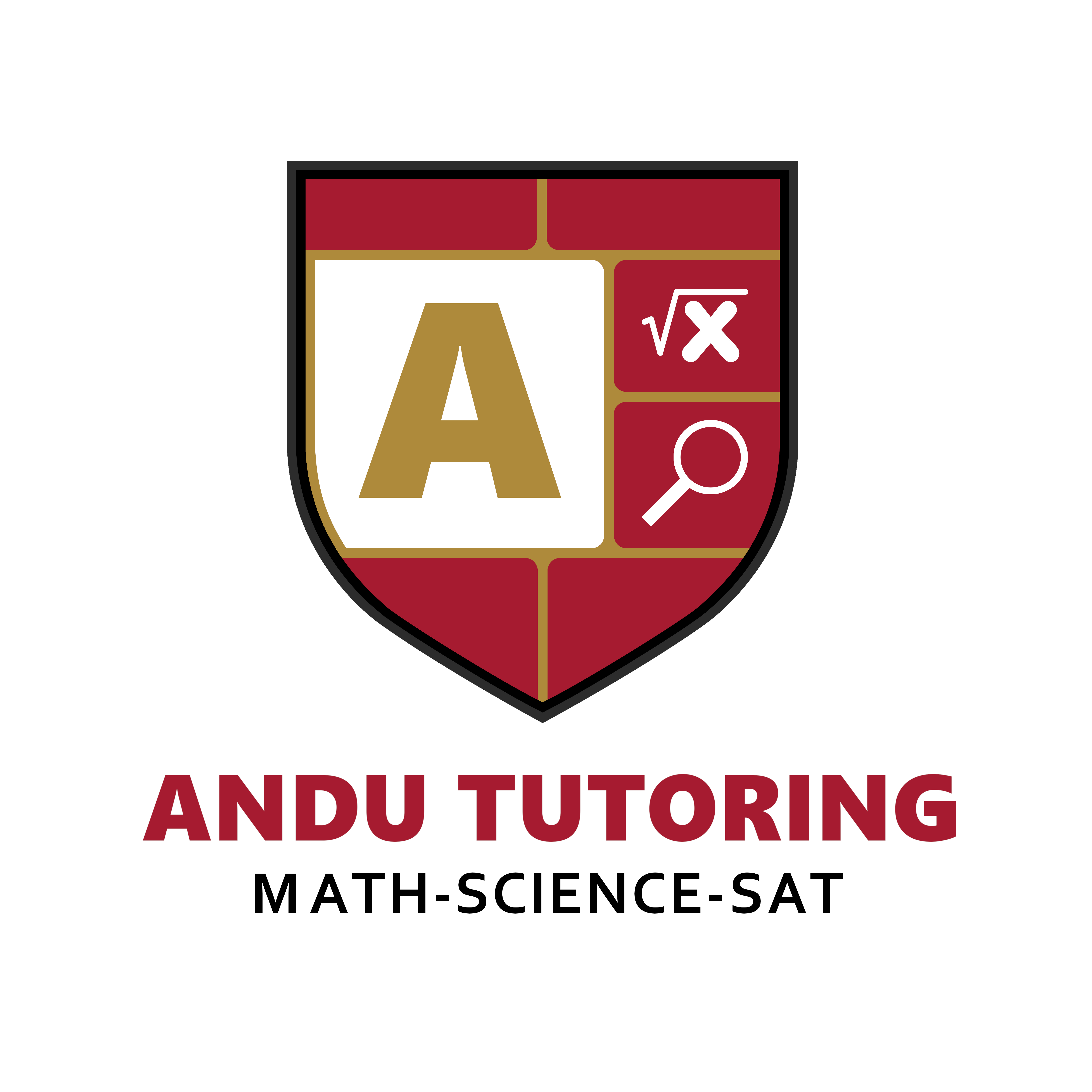
Lower Secondary Math, often referred to as Checkpoint Math, typically covers a variety of topics aimed at building a strong foundation in mathematics for students around the ages of 11-14. The curriculum is designed to bridge the gap between primary education and higher secondary education. Here are some of the key topics usually covered in Lower Secondary Math:
Number
- Integers and Rational Numbers:
- Positive and negative numbers
- Fractions, decimals, and percentages
- Prime factorization
- Lowest common multiples and highest common factors
- Operations:
- Addition, subtraction, multiplication, and division
- Order of operations (BODMAS/BIDMAS rules)
Algebra
- Expressions and Equations:
- Simplifying algebraic expressions
- Solving linear equations and inequalities
- Understanding and using algebraic notation
- Patterns and Sequences:
- Recognizing and continuing patterns
- Arithmetic and geometric sequences
Geometry
- Properties of Shapes:
- Angles, lines, and polygons
- Congruence and similarity
- Perimeter, area, and volume calculations
- Coordinate Geometry:
- Plotting points on a Cartesian plane
- Understanding and using coordinates
Measurement
- Units and Conversions:
- Converting between different units of measure (metric and imperial)
- Measuring length, mass, and capacity
- Time:
- Reading and interpreting time
- Calculating time intervals
Data Handling
- Statistics:
- Collecting, organizing, and displaying data
- Mean, median, mode, and range
- Interpreting graphs and charts
- Probability:
- Basic probability concepts
- Simple experiments and outcomes
Problem-Solving
- Applying Mathematics:
- Real-world problem-solving
- Word problems involving multiple steps
- Logical reasoning and critical thinking
These topics form the core of what students are expected to learn at the lower secondary level. The curriculum aims to develop students’ mathematical thinking and problem-solving skills, preparing them for more advanced studies in mathematics.

